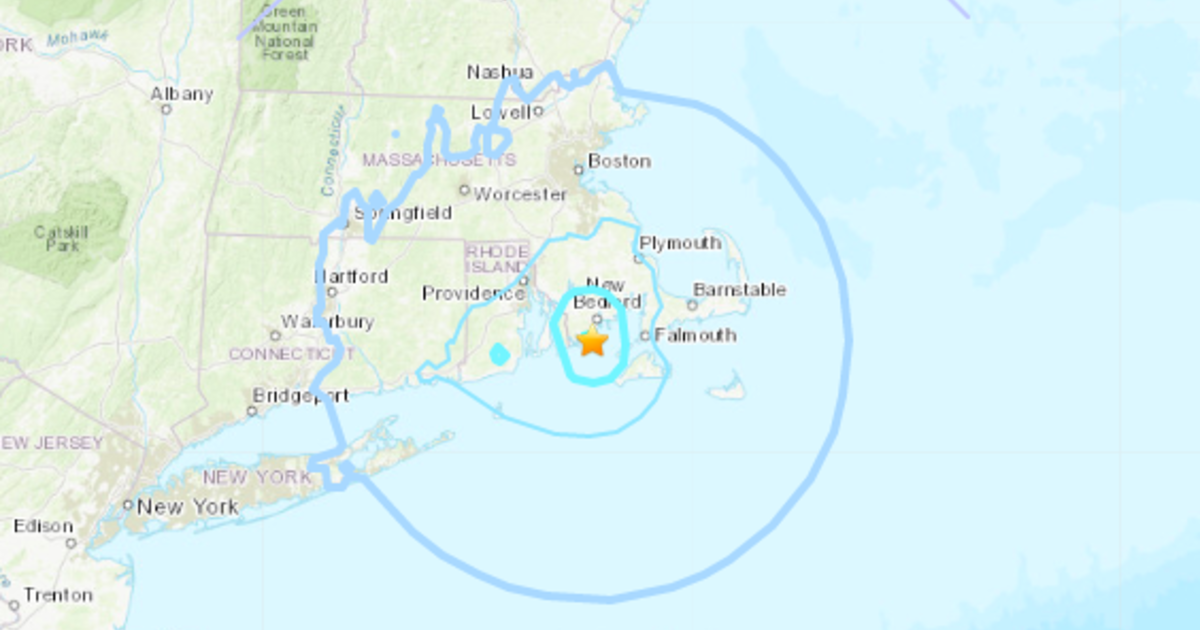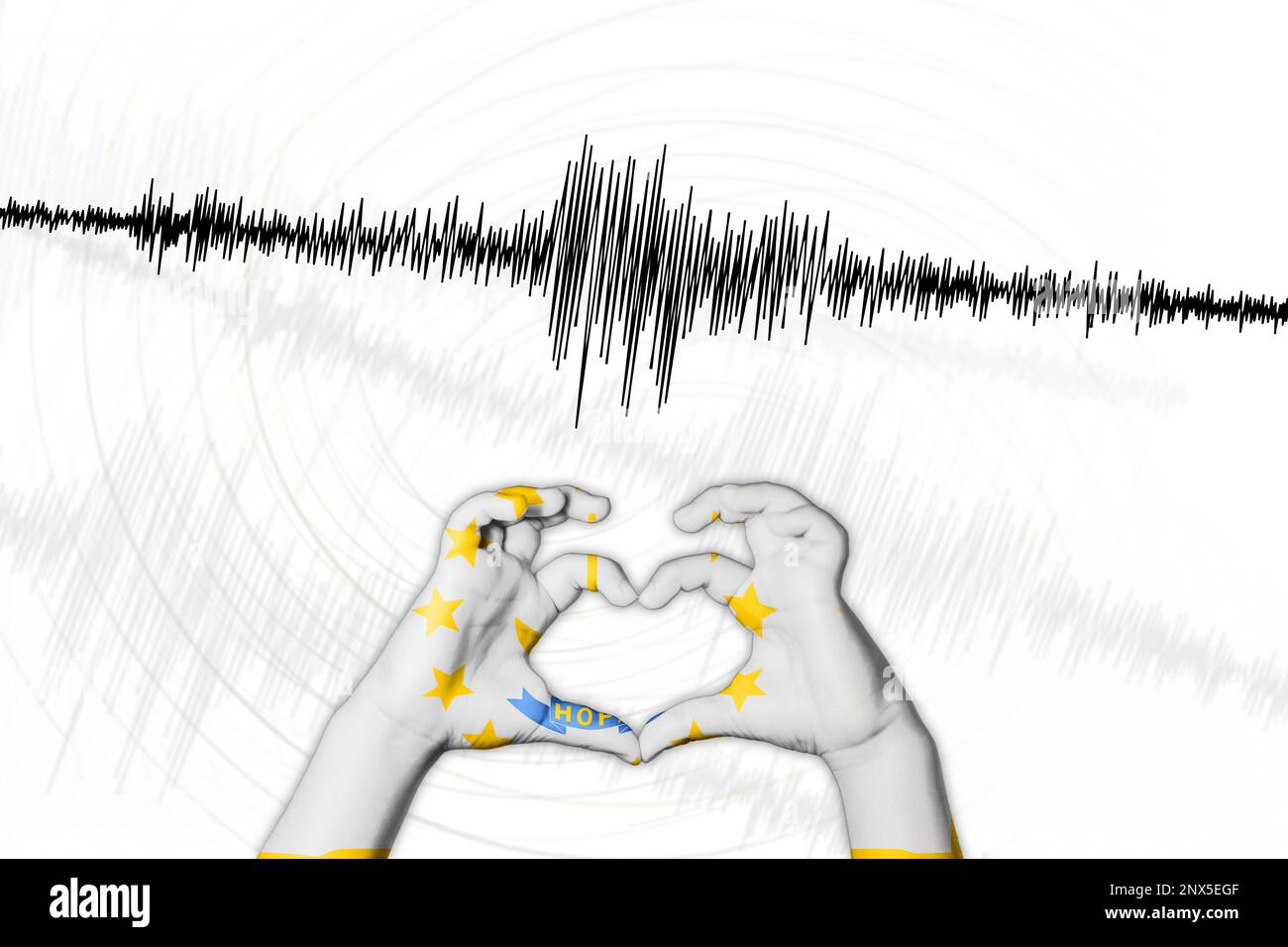Uncovering the Shockwaves: Understanding the Recent Rhode Island Earthquake Activity
Rhode Island, known for its picturesque coastline and rich history, has recently experienced a significant increase in earthquake activity. The state's unique geology, which consists of a complex mixture of ancient rocks and glacial deposits, makes it a fascinating case study for seismologists and earthquake enthusiasts alike. In this article, we'll delve into the recent Rhode Island earthquake activity, exploring the causes, effects, and implications of these seismic events.
As the second smallest state in the United States, Rhode Island is not typically associated with significant earthquake activity. However, its location in the New England region, which is prone to seismic activity due to its proximity to the North American tectonic plate's boundary, means that the state is not entirely exempt from the threat of earthquakes. In recent years, Rhode Island has experienced a series of minor tremors, which have raised concerns among residents and scientists alike.
According to data from the United States Geological Survey (USGS), the most recent earthquake to strike Rhode Island occurred on October 16, 2022, with a magnitude of 3.4. This quake was centered in the town of Scituate, approximately 30 miles northwest of Providence, the state capital. While the earthquake was minor, it served as a reminder that Rhode Island is not immune to seismic activity.
Causes of the Recent Rhode Island Earthquake Activity
So, what triggered the recent increase in earthquake activity in Rhode Island? To understand the causes of these seismic events, it's essential to examine the state's geology. Rhode Island's unique composition of ancient rocks, including granite and basalt, provides a natural foundation for earthquakes. The state's glacial deposits, which were formed during the last ice age, have also contributed to the creation of a complex seismic landscape.
In addition to its geology, Rhode Island's location in the New England region also plays a significant role in its earthquake activity. The state is situated near the boundary between the North American tectonic plate and the Farallon plate, a process known as plate tectonics. This boundary is characterized by a zone of deformation, where the plates are being pulled apart, which can lead to the release of stored energy in the form of earthquakes.
Seismic Hazard Zones in Rhode Island
To better understand the seismic hazard zones in Rhode Island, it's essential to examine the state's geological map. The map reveals a complex network of faults and fractures, which can act as pathways for seismic energy to release. The most significant seismic hazard zones in Rhode Island are located in the western and central parts of the state, where the ancient rocks have been subjected to extensive glacial activity.
• The Quonset Fault, which runs for approximately 25 miles in the town of Newport, is one of the most significant seismic hazard zones in Rhode Island.
• The Warwick Fault, which stretches for approximately 15 miles in the city of Warwick, is another area of high seismic activity.
• The Providence Fault, which runs for approximately 10 miles in the city of Providence, is also a significant seismic hazard zone.
Effects of the Recent Rhode Island Earthquake Activity
The recent increase in earthquake activity in Rhode Island has had several effects on the state and its residents. Some of the most significant effects include:
- Damage to infrastructure: The minor earthquakes have caused damage to buildings, roads, and other infrastructure, particularly in the western and central parts of the state.
- Increased seismic awareness: The recent earthquakes have raised awareness among residents and scientists about the seismic hazard in Rhode Island, leading to increased public education and outreach efforts.
- Economic impact: The earthquakes have had a minor economic impact on the state, particularly in the tourism and real estate sectors.
Emergency Preparedness and Response
In response to the recent earthquakes, the state of Rhode Island has implemented several emergency preparedness and response measures. These measures include:
- Creating a seismic hazard map: The state has created a seismic hazard map, which provides detailed information about the seismic activity in each part of the state.
- Conducting emergency drills: The state has conducted emergency drills, which have helped to raise awareness among residents about the potential risks associated with earthquakes.
- Implementing building codes: The state has implemented building codes, which require new construction to be designed and built with seismic-resistant materials and techniques.
Implications of the Recent Rhode Island Earthquake Activity
The recent increase in earthquake activity in Rhode Island has significant implications for the state and its residents. Some of the most significant implications include:
- Increased seismic risk: The recent earthquakes have highlighted the increased seismic risk in Rhode Island, particularly in the western and central parts of the state.
- Economic investment: The state will need to invest in earthquake-resistant infrastructure and building codes to mitigate the risks associated with seismic activity.
- Public education: The state will need to continue public education and outreach efforts to raise awareness among residents about the seismic hazard in Rhode Island.
Seismic Mitigation Strategies
To mitigate the risks associated with seismic activity, the state of Rhode Island can implement several seismic mitigation strategies. These strategies include:
- Conducting seismic hazard assessments: The state should conduct regular seismic hazard assessments to identify areas of high seismic activity and develop mitigation strategies.
- Implementing seismic-resistant design: The state should require new construction to be designed and built with seismic-resistant materials and techniques.
- Developing emergency response plans: The state should develop emergency response plans, which provide detailed information about the response to earthquakes in each part of the state.
Conclusion
The recent increase in earthquake activity in Rhode Island has highlighted the importance of seismic hazard assessment and mitigation. By understanding the causes of these seismic events, the state can develop effective strategies to mitigate the risks associated with seismic activity. Whether you're a resident of Rhode Island or simply interested in earthquake activity, it's essential to stay informed about the seismic hazard in your area.
Sophie Rain
Chaun Woo Parents
Who Is Rick Ross
Article Recommendations
- Vikram Actor
- Lane Garrison
- Is Lee Ingleby Married
- Abraham Williams Net Worth
- Mike Lindell Wife 2024
- Pioneer Womanivorce Update
- Amelia Wang
- Chloe Fineman
- Lee Ingleby
- Glenn Medeiros



